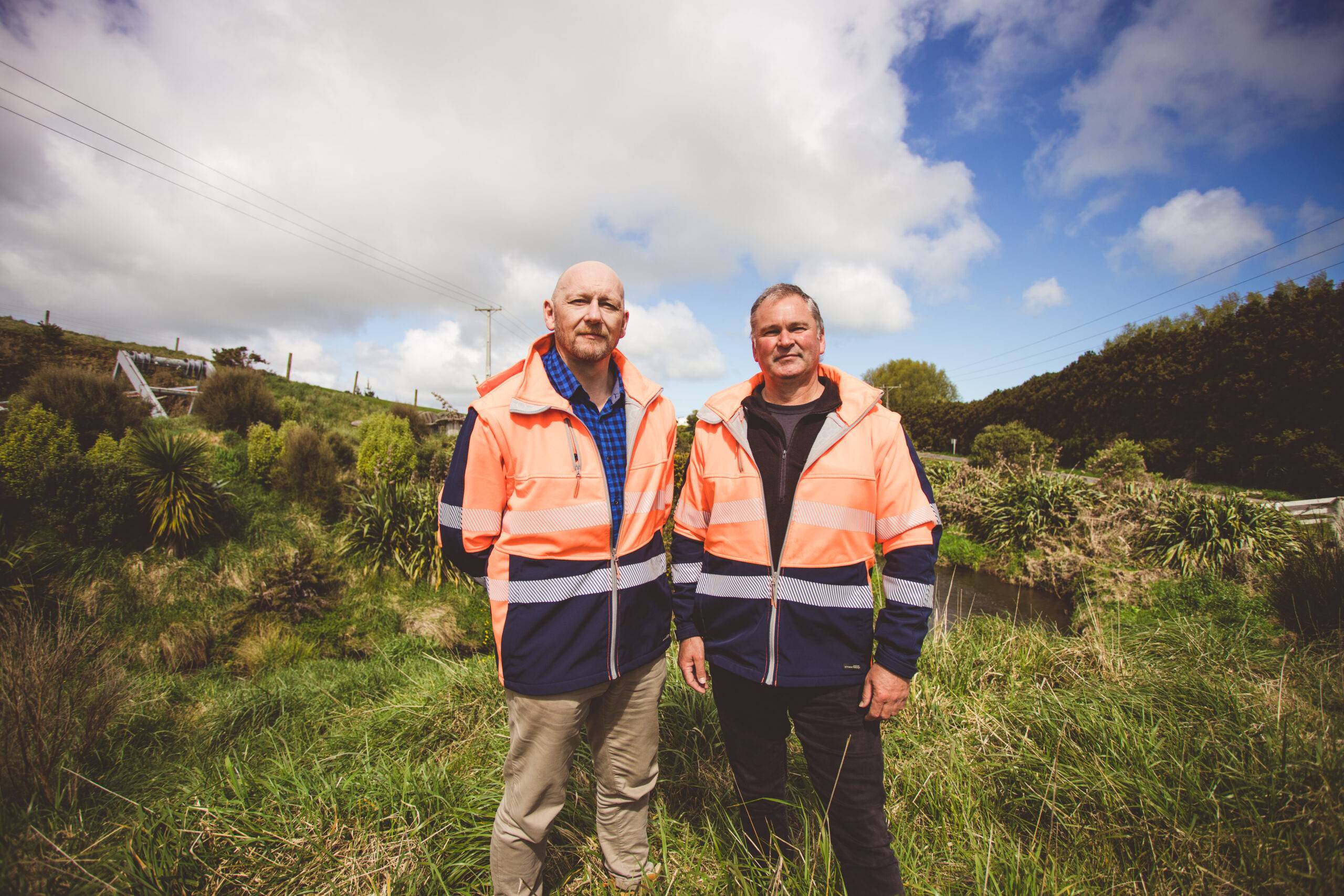Started 30 years ago, an award-winning Riparian Management Programme has transformed Taranaki’s landscape with fencing and planting of thousands of kilometres of waterways.
Today these waterways are the healthiest ever recorded. It is the largest and longest-running environmental enhancement planting scheme on private land in New Zealand and has been recognised by the Ministry for the Environment with a Green Ribbon Award, as well as awards from the Geospatial World Forum and the NZ Resource Management Law Association.
What is Riparian Planting?
Riparian planting refers to planting that is done alongside waterways. These plants are often natives to New Zealand and include flax, cabbage trees, toi toi, hebe, and more.
Riparian planting is often associated with farming, but similar benefits can be achieved in urban areas, and conservation areas. A benefit of healthy riparian areas is that they reduce erosion and runoff of soil particles. This means that less soil ends up in the water. Farmers use mostly native plants with a mix of non-native plants for extended life of their planting.
Fencing the streambanks keeps stock out of the waterways, and vegetation helps to trap and filter pasture run-off. Planting encourages bio-diversity in rivers and streams by providing food and shelter for wildlife.
In Taranaki the landscape has been transformed from solid grassland to land rich in native vegetation and biodiversity values. There is now 6,000 hectares of protected native habitat alongside waterways.
The figures speak for themselves . . .
- More than 6.2 million native plants have been supplied to landowners since the scheme began in 1996.
- 99.5% of Taranaki’s 1600 dairy farms have riparian plans. Across the whole region, there are about 2,600 plans covering 15,400km of streambank.
- As at the end of 2020, a total of 88.6% of the waterways were fenced and 77.3% of streambank that required planting or vegetation were protected by vegetation. That’s 13,756km fenced and 6,000 hectares of native habitat protected.
Activity reflects an investment of $128 million with 70% of this contributed by landowners
It’s all About Partnership
This Riparian Management Programme has been the result of Taranaki Regional Council and landowners within the Taranaki ring plain collaborating in the creation of riparian management plans for each individual property. Each property is unique so to ensure maximum success a property-by-property approach was taken in planning and planting. The plans were provided free and set out recommendations for both fencing and planting of the land’s waterways, as well as setting targets for actioning. Landowners committed with considerable investment in fencing.
They were supplied native plants at cost, and where required, Council arranged planting contractors to do the work. Further funding was supplied for the 2021 planting season with riparian plan holders able to purchase native plants for $1 each.
What’s unique about this project?
- There’s no exclusions, this programme includes every waterway at any size, including whether it’s permanent or seasonal
- The programme is not just about ensuring stock is kept away from the waterways, it focuses on large-scale planting – this means greater ecological benefits.
- Each individual property receives their own tailored fencing and planting plan, so the benefits are maximised each step of the way.
- The programme is totally voluntary and not required by regulation – it is all about landowners taking ownership of the programme and its’ long-term benefits for ecology, themselves, and their community.
REF: Transforming Taranaki (TRC) 2019
Ends . . .
